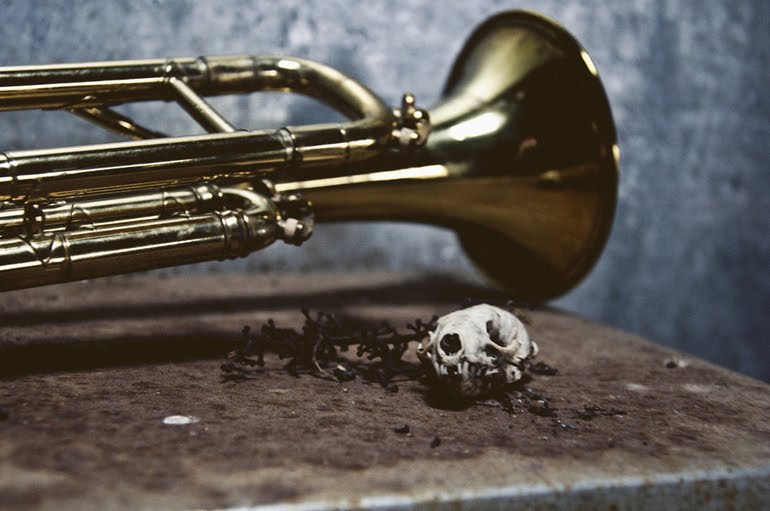It is interesting to note that Histoire was composed at a time when the cornet was an instrument undergoing constant changes in construction and design, particularly by American makers. During the first 30 years of the twentieth century, there was a general shift away from the “short” shepherd’s crook model instruments toward longer cornets, some wound in as many differing manners as one can imagine. Some of these instruments maintained shepherd’s crook bells of varying degrees while other models did away with them completely. A 1917 article from Holton’s Harmony Hints underscores American virtuoso Herbert L. Clarke’s ideas for developing a longer model cornet:
He did not favor the long model cornet because it did not have the real cornet tone. Clarke admitted the long model cornet had some qualities that were good, but generally speaking, the tone was too broad – it lacked the compactness and solidity of tone which a cornet should have. He argued (and rightly too) that a cornet was an entirely different instrument than a trumpet and should not possess the tone characteristics of the trumpet. It seemed that band instrument manufacturers catered more to style rather than to concentrating their efforts in perfecting a genuine cornet.
The old style short model cornet had the tone, but as all cornet players know, it was out of tune – and did not have carrying power. The long model, he found, could be built in tune and had carrying power, but it did not have the tone quality he was looking for.
The thing to do was to build a cornet that combined the best qualities of the two – a cornet that would be in perfect tune, had carrying power and a tone of great solidity and compactness – of immense volume – brilliant, yet with a mellow sustaining quality that kept away from both the Flugel Horn tone and that of the trumpet – a tone belonging distinctively to the cornet.
The Holton-Clarke model cornet that was produced was at first made with a slight shepherd’s crook, then later with a standard long-bell. To judge a cornet solely by its bell crook would be to use a very cursory criterion. Rather, the flare of the bell, the flare of the tubing, the depth and shape of the mouthpiece, and the bore of the instrument all have much greater bearing on the production of a characteristic cornet tone. It is a disservice to consider such long-bell model horns as being inauthentic or inferior, as many were high quality professional models produced by such companies as Bach, Buescher, Conn, Holton, H.N. White’s (“King”) Martin, Olds, and York. While such horns were not a part of the early brass band tradition, they were widely used by American cornet players and in many American bands for many years. In fact, long-bell cornets were used and promoted by such important players as Vincent Bach, Gerard Schwarz, Frank Simon, Leonard Smith, Walter Smith, Del Staigers, Ernest Williams, and jazz players such as “Wild” Bill Davison and Nat Adderly, among others.
Later cornets often added throw rings on the adjustable valve slides, to help the player compensate for pitch problems inherent in trumpets and cornets.
____
Incidentally, it's worth noting that the ITG Journal claims the archives are only available to members, but almost all back articles can be found through Google search - and they certainly have a wealth of materials.


